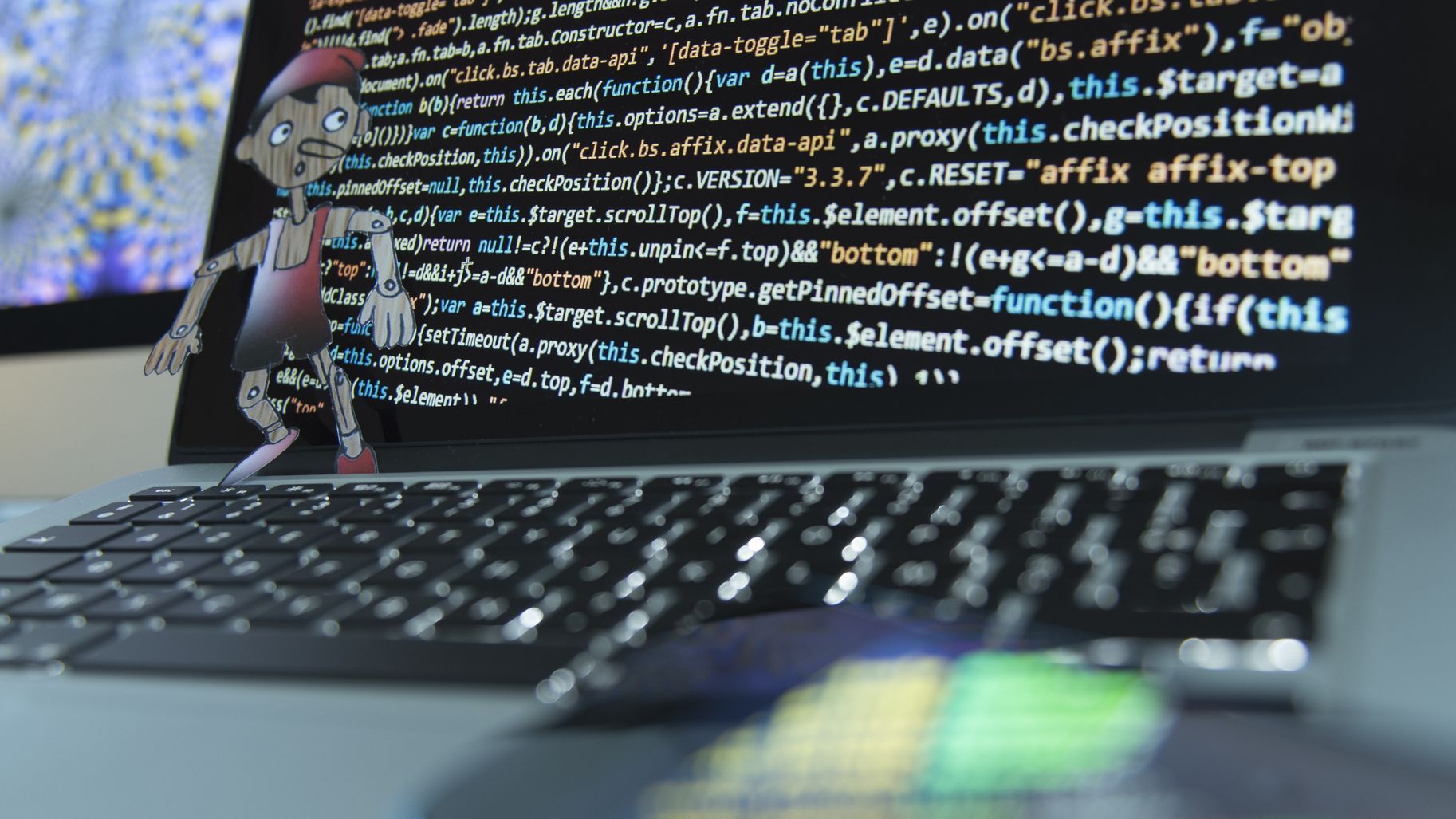
Since 2012, final year students in some secondary schools have been able to learn about computer science as part of an option called ISN (Informatique et Science Numérique, or Computer and Digital Sciences). Students were taught programming fundamentals, how a network works and the basics of robotics.
The reform of the French baccalaureate, announced by the Education Minister Jean-Michel Blanquer, will transform this option into a subject in its own right. Incidentally, the abbreviation has been reversed and becomes NSI, standing for Numérique et Sciences Informatiques (Digital and Computer Science). After a discovery phase in fifth year (seconde), the subject will be taught in sixth year (première) and final year (terminale) by teachers who hold a CAPES d’Informatique (computer science teaching diploma). The first intake of teachers will arrive in classrooms at the start of the school year in September 2020.
Inter-University Diploma
However, the French Ministry of Education also wanted to organise training for teachers already in post. This training is taking place between 2018 and 2020 in partner universities. It includes 125 hours of classroom teaching plus distance learning. At the end of the course, teachers will be awarded an Inter-University Diploma (DIU) recognising their new skills.
Within the Rennes Education Authority, the ministry assigned the development of this training course to the University of Rennes 1, with two of its professors (Alexandre Termier and Elisa Fromont, also members of LACODAM research team) responsible for creating the programme according to the specifications.
The Inria centre is also contributing to this initiative. For six years now, some of the centre’s members have been running digital culture workshops in the final year classes at several of the schools in the area. As a follow-up to this work, they are currently involved in training DIU teachers.
80 teachers
Research engineers, Guillermo Andrade-Barroso and Matthieu Simonin are involved in the robotics module consisting of two hours of lectures and four hours of practical work.
“This involves about 80 teachers from around 40 different schools,” says Simonin. “They come from all over Brittany because the education authority wants to ensure there is good geographical coverage so as not to disadvantage any one area. Most are teachers of mathematics, engineering sciences, physics and chemistry, or earth and life sciences. They often lack a theoretical basis but usually already have a good empirical knowledge of computer science. In recent years, we have seen a marked increase in teachers’ skills. They are also highly motivated. That said, for them, this training is still a rather significant commitment because they have to absorb a very condensed programme. They then have to adapt the material we've provided them with to build their own course.”
This workshop includes programming a Micro:bit card to drive a small vehicle along a line on the floor.
Physics and computer science teachers are more used to the Arduino card, but the Micro:bit seemed to us to be more suitable for those who are still less confident. There are two parts to the course. First, the sensors to get to know the environment around you and build a model of this environment. And then the actuators to act based on what the sensors captured. This gave us the opportunity to get a feel for all the sensor problems. How accurate are they? What sampling should be used? Should we collect information every second or every half second? Those kinds of questions.
Plan B
The workshop also provided an opportunity to capitalise on the experience gained in recent years. “In robotics, when in front of students, we must always have a plan B in case the demo doesn’t work.” It should be noted in passing that Simonin specialised in scientific outreach as part of his continuing education at Inria.
Will the introduction of this new NSI subject in secondary schools generate widespread enthusiasm?
“There is an unknown element”, says Andrade-Barroso. “Before making their choice, secondary school students, with their parents, will be considering what their future gateways to higher education will be. For example, will a combined maths-NSI or physics-NSI baccalaureate be as attractive as a traditional maths-physics option for applying to certain degree courses? A ‘wait-and-see’ attitude during the first few years is probably to be expected, given the lack of visibility on this point.”
The Ministry for Education has just provided an initial response to these questions by announcing the creation of a new maths-physics-computer science (MPI) pathway in the preparatory class for Grandes Écoles (CPGE). This pathway will be designed to accommodate baccalaureate holders coming from the NSI specialisation.